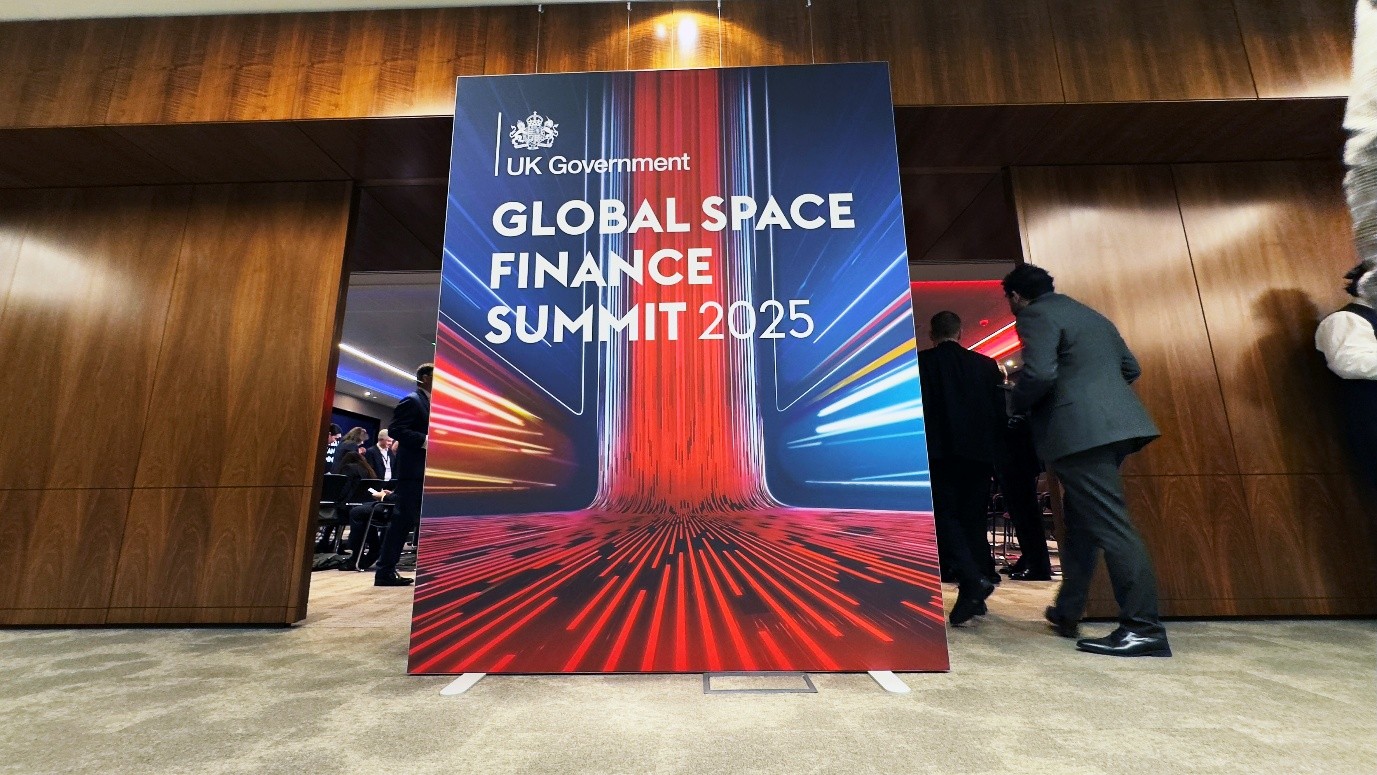BAE Systems to build spacecraft for NOAA’s Space Weather Next L1 Series

Image by Chris J Mitchell / copyright Shutterstock
The satellite will serve as an eventual successor to the Space Weather Follow-On L1 (SWFO-L1) mission, which is scheduled to launch this year. The mission will provide valuable data to NOAA’s Space Weather Prediction Center (SWPC) to help protect terrestrial and on-orbit assets from harmful space weather events.
Placed in orbit at the sun-Earth Lagrange Point 1 (L1), a gravitationally stable orbit point between the Earth and sun, L1 Series will continuously monitor the sun for space weather phenomena like coronal mass ejections, solar flares, and solar wind. The data collected will serve as an early detection system, assisting with forecasting the timing and intensity of geomagnetic storms and offering opportunities to avoid or mitigate space weather impacts.
“As an increasing number of satellites enter orbit each year and our reliance on these technologies continues to grow, spacecraft like Space Weather Next L1 Series are crucial to ensure we’re doing everything possible to safeguard our most vulnerable infrastructure, both in space and here on Earth,” said Dr. Alberto Conti, vice president and general manager of Civil Space for BAE Systems Space & Mission Systems. “We’re proud to continue supporting NASA and NOAA in this important mission.”
The term 'Space weather' refers to conditions in the space environment between Earth and the sun that may be damaging to human health or to technological systems deployed in space or on the ground. It is caused by activity on the sun, which can emit burns of radiation and charged particles that can disrupt communication systems, power grids and the Global Positioning System (GPS), damage or destroy spacecraft in orbit; and expose astronauts to dangerous levels of radiation.
L1 Series will host a suite of at least five different instruments, supplied by other mission partners, which will send back near-real-time information on potentially harmful space weather and allow stakeholders to prepare for power outages, protect vulnerable infrastructure, and help astronauts and spacecraft maneuver out of harm’s way.
In addition to developing the spacecraft bus, BAE Systems will lead spacecraft integration and environmental testing and will assist with launch support for the mission.
L1 Series is the latest heliophysics mission that BAE Systems is building for NASA and NOAA, including SWFO-L1, which will launch in 2025 on a similar mission. The company also built the spacecraft for NASA’s Carruthers Geocorona Observatory, which will provide the first detailed, continuous observations of the Earth’s exosphere and its response to solar activity. Carruthers will launch alongside SWFO-L1 later this year.
L1 Series is expected to launch in 2029.












